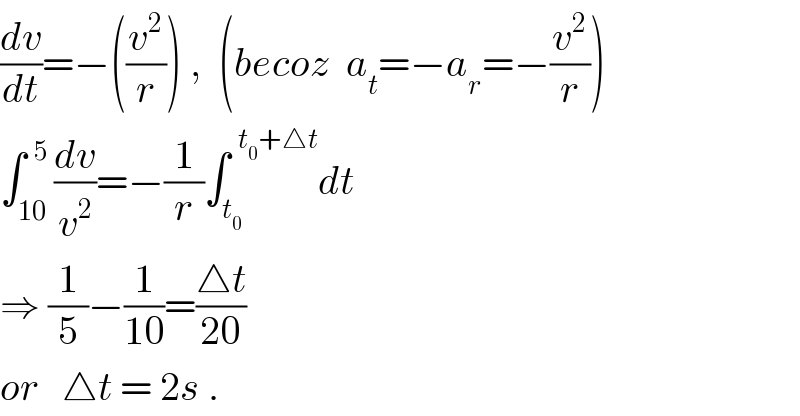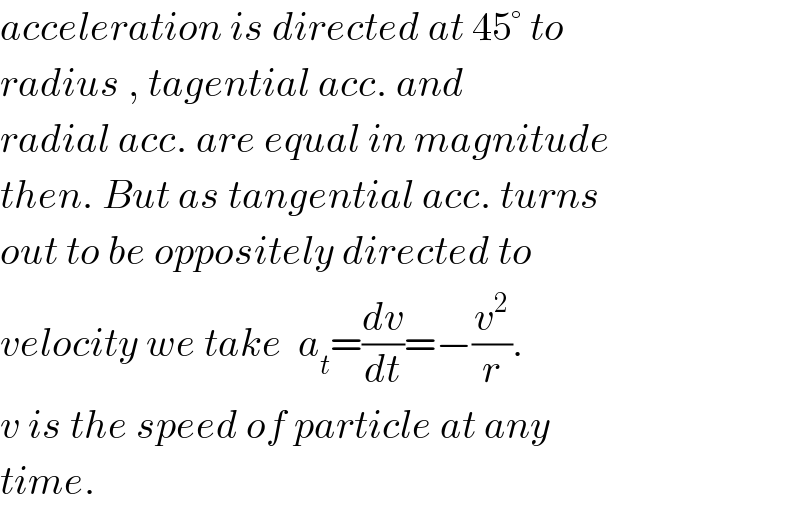
Question and Answers Forum
Question Number 27117 by Tinkutara last updated on 02/Jan/18

Answered by ajfour last updated on 02/Jan/18

Commented by Tinkutara last updated on 03/Jan/18
Thank you very much Sir! I got the answer.
Commented by ajfour last updated on 02/Jan/18

